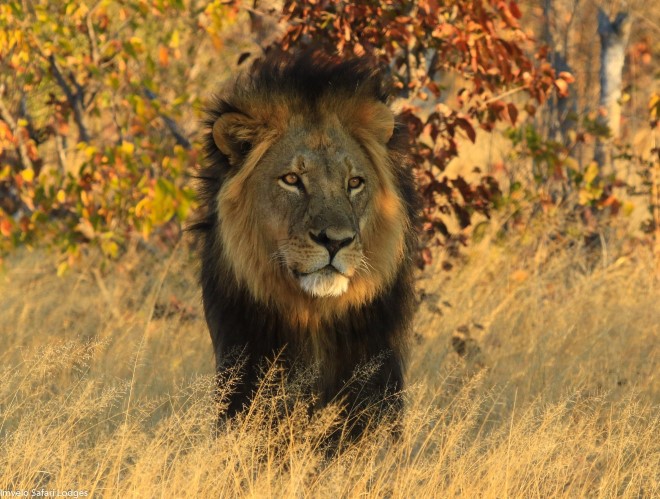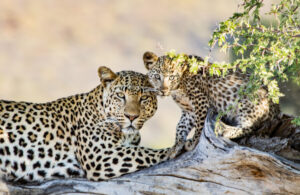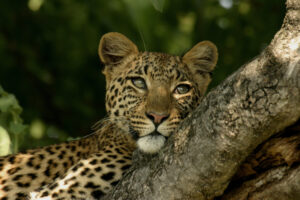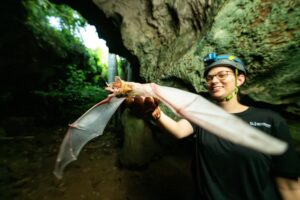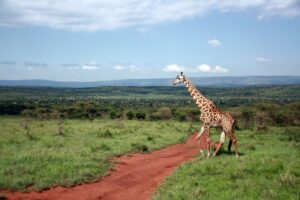
*A version of this article originally appeared in the February 2022 Bush Telegraph newsletter. You can read our recent newsletters and sign-up to receive these in your inbox on our Bush Telegraph newsletter page.
Across Africa, mitigating human-wildlife conflict is a hot topic, with thousands of people working on the issue. At times, solutions can seem far-fetched, even comical, despite coming from highly qualified scientists or experienced local guides. Together, they are all determined to improve the lives of local people and wildlife alike and their role is critical for wildlife conservation.
Wildlife enthusiasts will want to focus on the conservation of animals, but understanding the circumstances of local people is fundamental to effective protection. Living alongside wild animals is tough: having cattle killed by hunting lions or vegetable patches destroyed by elephants is utterly devastating for a subsistence farmer.
We’ve highlighted some of these mitigation projects in previous newsletters, from the bee-keepers of Livingstone attempting to steer elephants away from town, to the Kalahari herdsmen painting eyes on the rumps of cattle to trick predatory lions. Both projects helped to conserve wild animals and protect local people and their livelihoods.
Monitoring the success of these diverse projects is key to the development of long-term strategies and when the results show tangible benefits for all, they’re worth sharing. The Long Shields Lion Guardian Programme near Hwange National Park in Zimbabwe is one such project, in operation since 2013. In an area supporting one of Africa’s greatest lion populations (more than 1000 lions), this community-conservation initiative set out to reduce livestock loss and conserve lions at the same time.
Local people here are selected by their community and employed as lion guardians, providing what is effectively an early warning system alerting cattle herders to the presence of lions. Blending traditional knowledge with new technology, each guardian is equipped with a bicycle, a noisy vuvuzela (plastic horn), a GPS device and a smartphone, to move around the local area, loudly scaring off approaching lions and giving farmers time to move their livestock to safer areas.
In the early days of the Lion Guardian programme, farmers were angered by the lion conservation objective. Many of them felt there was greater concern for the lions than for their livelihoods. Their feelings were understandable, but gradually, as lion attacks have been consistently thwarted, the programme has won them over.
The findings show that it has, in fact, been astonishingly effective. Researchers compared livestock killed by lions in the four years before and after the Lion Guardian programme was implemented. It revealed a significant reduction in livestock losses and a 41% drop in retaliatory killings of lions by farmers. It’s a win-win for the community and conservationists, and the project is being used as a model for managing lion conflicts elsewhere in Africa.
If you’ve been inspired and want to find out more, give us a call or enquire now to speak to an expert.
